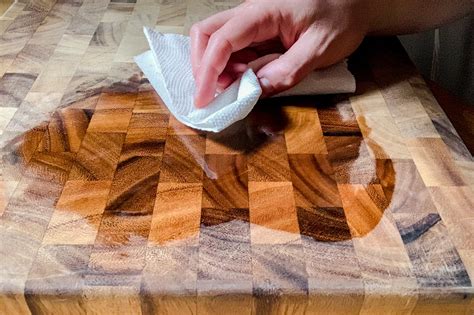How to Clean Your Wood Cutting Board: A Comprehensive Guide
Maintaining a clean and sanitary wood cutting board is crucial for food safety and extending the life of your beloved kitchen tool. Unlike plastic cutting boards, wood possesses natural antimicrobial properties, but proper cleaning is still essential. This guide will walk you through various methods to effectively clean your wood cutting board, ensuring it remains a safe and functional part of your kitchen.
Understanding Wood Cutting Boards
Before diving into cleaning methods, it's important to understand the unique nature of wood. Unlike plastic, wood is a porous material. This means that liquids can penetrate the surface, making thorough cleaning vital. However, this porosity also allows for the natural antimicrobial properties of the wood to work effectively against bacteria. With proper care, your wood cutting board can last for years.
Daily Cleaning: The Quick and Easy Method
For everyday use, a quick clean is sufficient. This method is ideal after each use to prevent the build-up of food particles and bacteria.
Steps:
- Rinse with Hot Water: Immediately after use, rinse your cutting board under hot, running water. This will remove most loose food debris.
- Wash with Soap: Use a mild dish soap and a soft sponge or cloth. Scrub the surface gently but thoroughly, paying attention to any grooves or crevices.
- Rinse Thoroughly: Rinse again with hot water to remove all traces of soap.
- Dry Completely: Thoroughly dry the cutting board with a clean cloth. Leaving it damp can lead to mold and mildew growth. Air drying is also acceptable, but ensure complete dryness before storing.
Deep Cleaning: Addressing Stubborn Stains and Odors
Over time, even with daily cleaning, your cutting board may accumulate stubborn stains and odors. This is when a deeper clean is necessary.
Methods:
-
Baking Soda Paste: Create a paste of baking soda and water. Apply it to the cutting board, let it sit for a few minutes, then scrub with a soft brush or sponge. Rinse and dry thoroughly. This is effective for removing minor stains and deodorizing.
-
White Vinegar Solution: Mix equal parts white vinegar and water in a spray bottle. Spray the solution onto the cutting board, let it sit for 10-15 minutes, then scrub and rinse thoroughly. Vinegar’s acidity helps to cut through grease and disinfect. Avoid using this method frequently as it can eventually damage the wood over time.
-
Salt and Lemon: Sprinkle coarse salt onto the cutting board, then rub a cut lemon half over the salt, scrubbing gently. This natural method is great for removing stubborn stains and brightening the wood. Rinse and dry thoroughly.
Important Considerations:
- Avoid Abrasive Cleaners: Avoid using harsh chemical cleaners, steel wool, or abrasive scouring pads, as these can damage the surface of the wood.
- Avoid Soaking: Prolonged soaking can damage the wood and lead to warping or cracking.
- Regular Oil Treatment: To maintain the condition of your wood cutting board, occasionally treat it with mineral oil. This helps to keep the wood moisturized and prevents cracking. Simply apply a thin layer of mineral oil, let it sit for a few minutes, then wipe off any excess.
- Inspect for Damage: Regularly inspect your cutting board for cracks or deep gouges. If you notice significant damage, it's time to replace your cutting board.
Maintaining a Safe and Hygienic Kitchen
By following these cleaning methods and tips, you can keep your wood cutting board clean, sanitized, and looking its best for years to come. Remember, a clean cutting board is a safe cutting board! Prioritizing proper cleaning ensures food safety and protects your investment in a high-quality kitchen tool.
